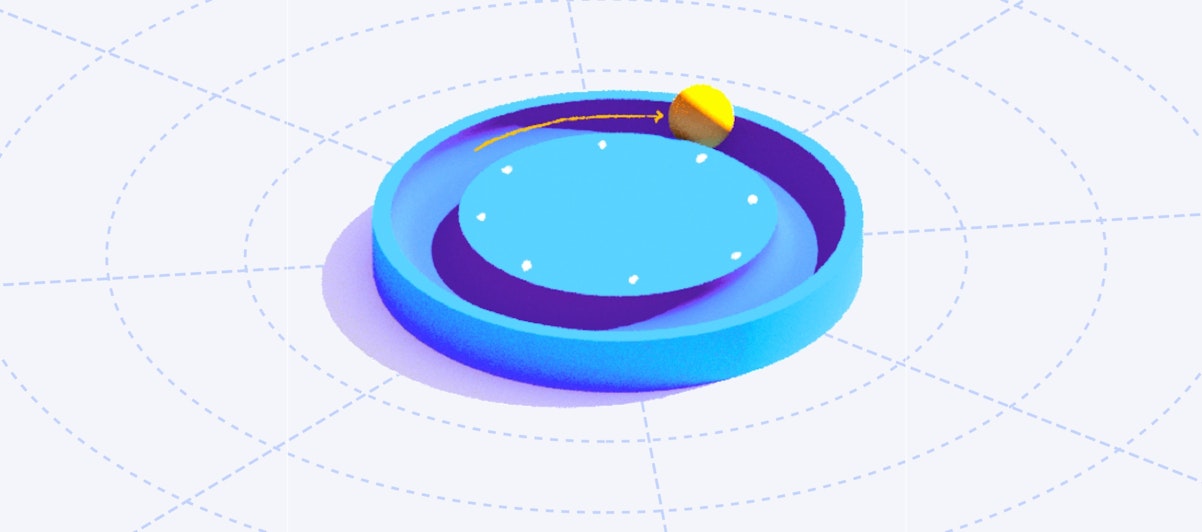As designers, we can't claim to follow a user-centered design process unless we conduct usability testing.
The insight this technique gives us into the challenges and behaviors of our audience is second to none.
But even though most designers understand the value of usability testing, I've found that there's less certainty about when to run a test.
To add some clarity, here are the key areas where we always conduct usability testing during our projects at DePalma Studios.
Before Any Design Decisions Are Made
Our UX design process is founded on user research, so it should come as no surprise that we do usability testing when we're doing our initial research.
Conducting usability tests before any design decisions are made helps us identify the most important user pain points. By observing how users behave, we can uncover latent needs that people don't articulate during interviews or surveys.
For redesign projects, this process can be as simple as watching someone interact with the current version of the product. If you're building something from scratch, you can test how your audience uses a competing product.
Unfortunately, this is the time when designers often skip user testing, which can be a costly mistake.
And look, I get it. Clients always have reasons why they want to skip user testing.
Even if you're working on an in-house team, your boss probably thinks they already know everything they need to about the end-users.
But the truth is the more time you spend getting to know the users, the better informed your design decisions will be, and the bigger impact they'll have on your users' lives.
When It's Time to Evaluate and Iterate
Broadly speaking, there are two kinds of user research: generative and evaluative.
Generative research helps you define problems and product ideas. This is the kind of research we're using at the very beginning of the design process.
Evaluative research provides you with feedback about how something performs, like your prototype. It's also useful for getting insight on an existing product that needs to be redesigned.
Once you've made some design decisions and created a wireframe or prototype, you've transitioned to an evaluative phase.
At this point, we like to develop low-fidelity wireframes and conduct a range of behavioral research to get feedback on the design. This helps us rapidly iterate without having to change high-fidelity UI elements.
Next, we develop a clickable prototype, which is when we truly see how well our design solves the problem we set out to address.
Every test plan is different, but we're generally looking to learn the following things from usability tests at this stage:
- How many people completed a pre-defined task
- If they completed a task, how quickly were they able to do so?
- Was the process intuitive?
Taken as a whole, this kind of data can validate or invalidate our design, and give us a clear understanding of where we should continue to iterate.
After Launch
In a philosophical sense, is a design ever really "done"?
There's always something that can be improved, and if your client wants to continue optimizing their design — or if they want to start developing new features — it's important to continue running usability tests.
During this part of the research, we use daily studies to supplement the data we get from ongoing behavioral research.
In High-Risk, Low-Certainty Situations
When there's uncertainty in the design process, organizing a usability test can almost always provide some answers.
Uncertainty could take the form of a disagreement between team members. It could look like an absurd request from an executive that you're 99% certain will fail.
Either way, well-structured user research can help you make more informed decisions.
In an ideal world, the correct answer to "When should you run a usability test?" would simply be "early and often."
But we must live in the real world, which means we have to compromise how often we're able to do research.
We conduct usability testing with user testing tools during the times I mentioned with every client we can. This process has helped us design experiences for enterprise organizations and startups alike.
Every project is unique, but if you conduct user research during the moments I've outlined, you can be sure you're creating designs that are actually validated by your audience.

